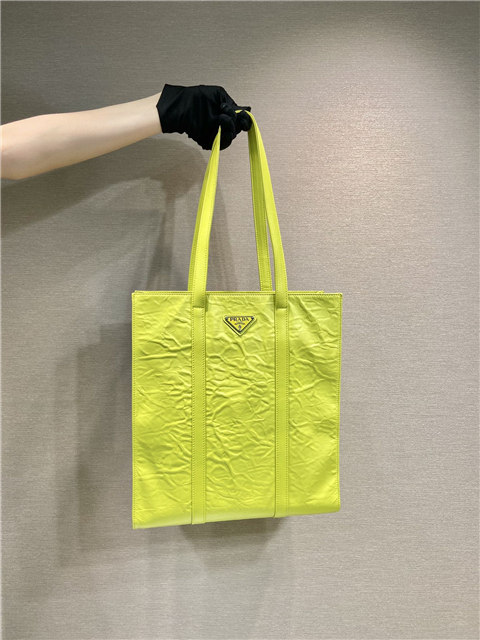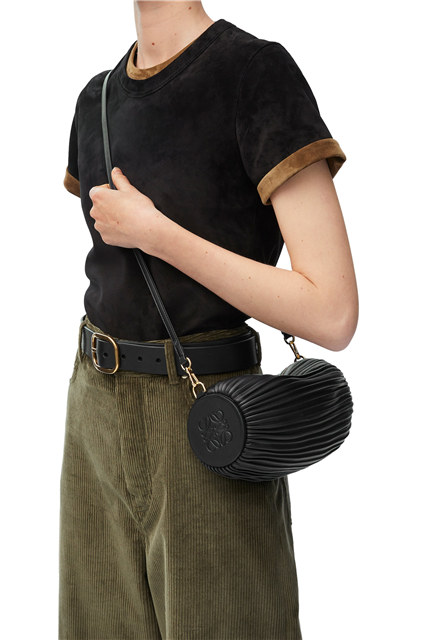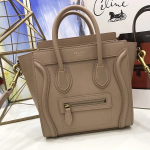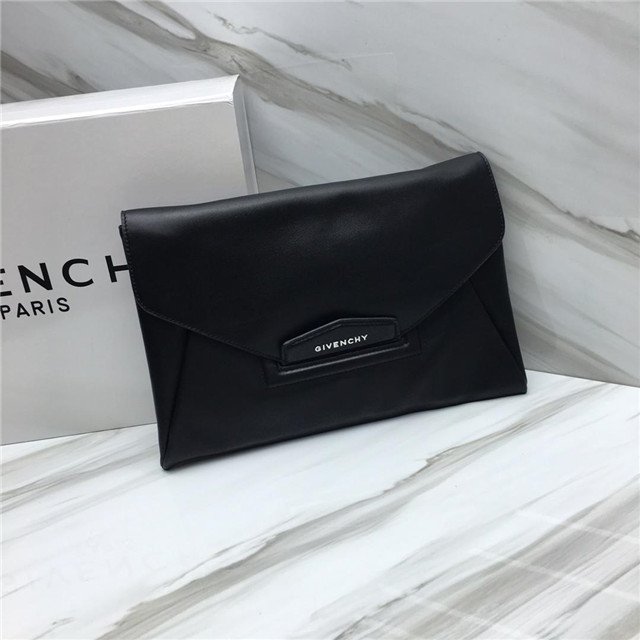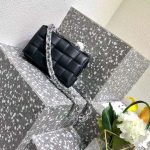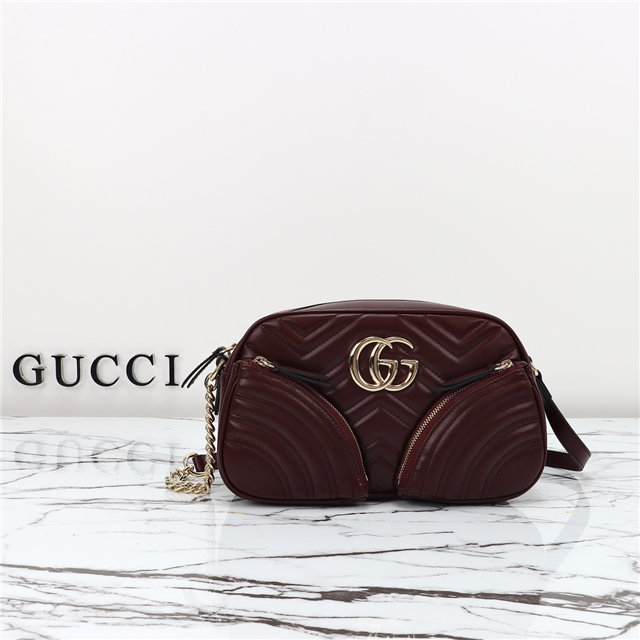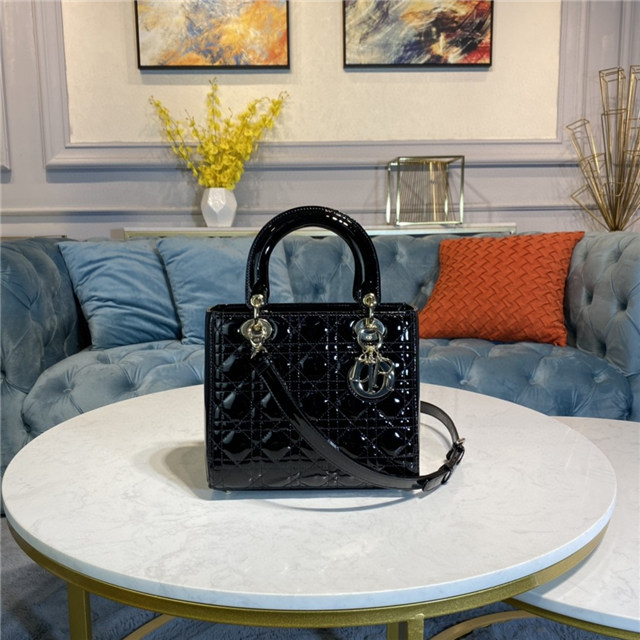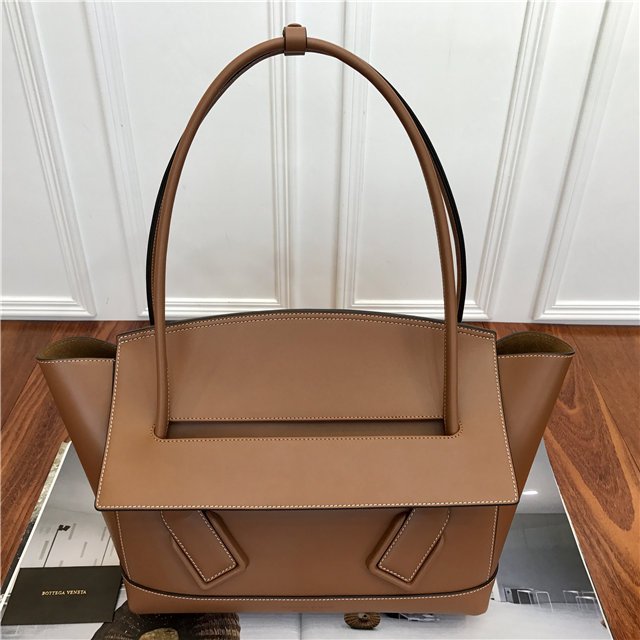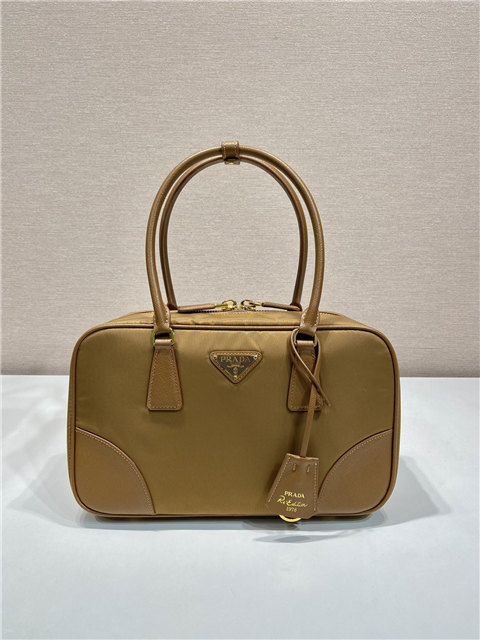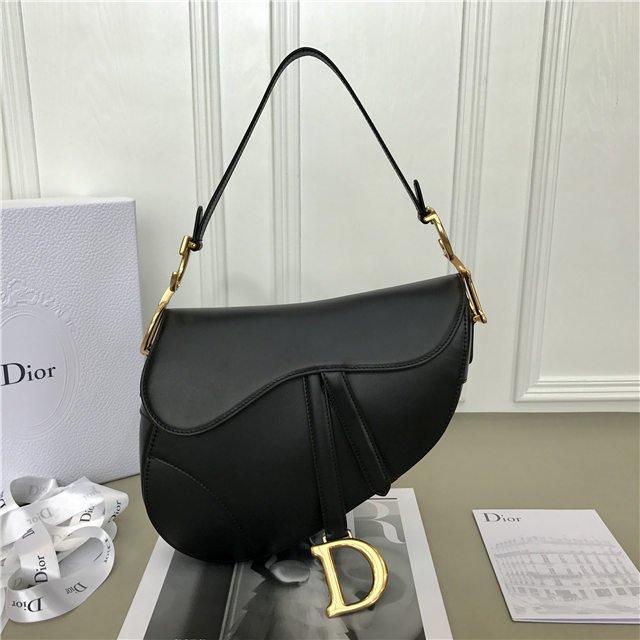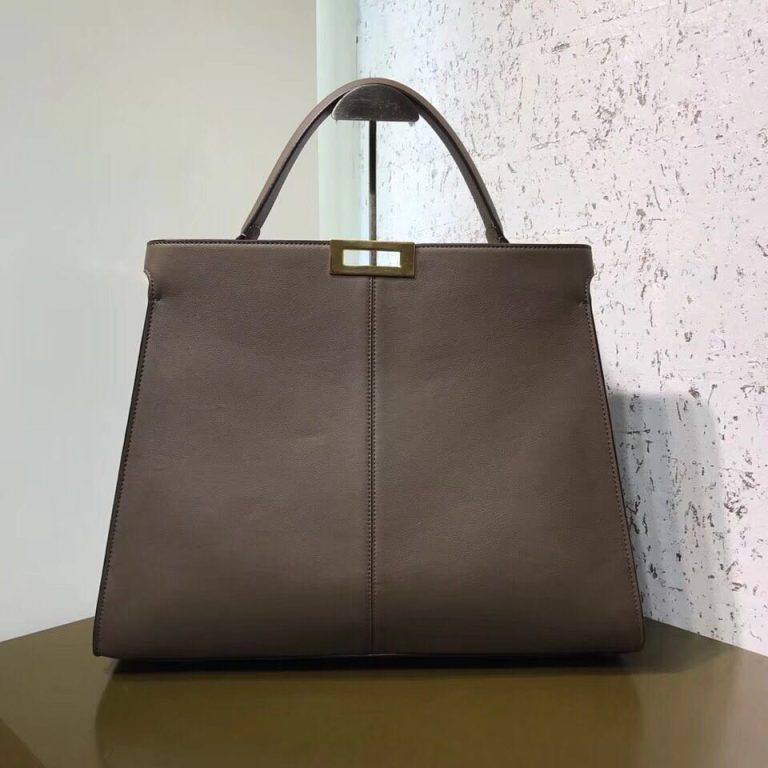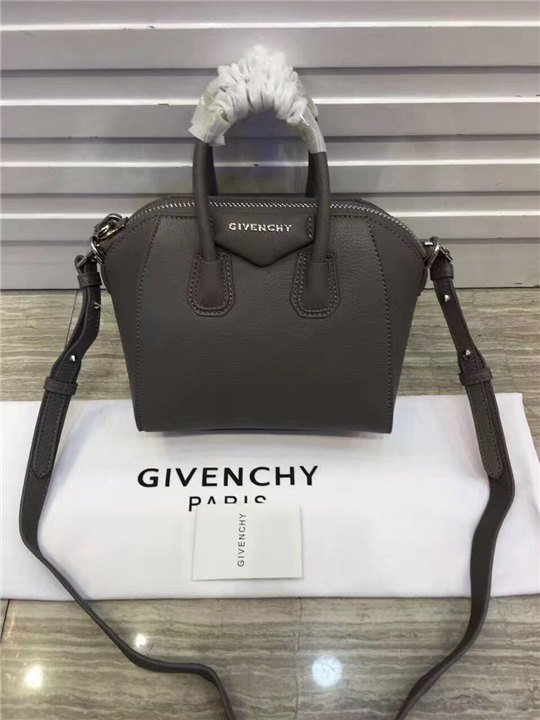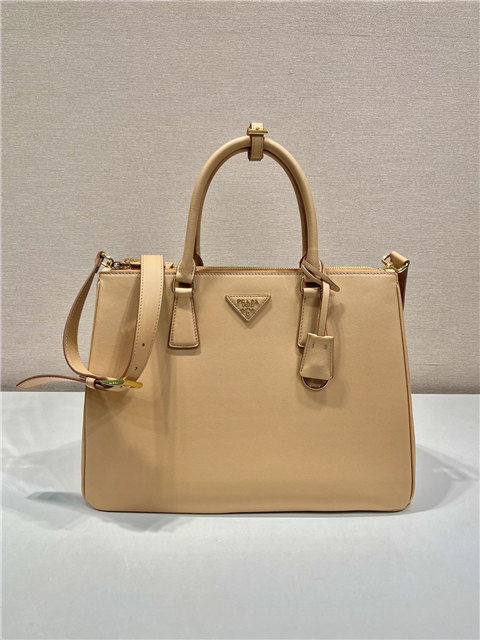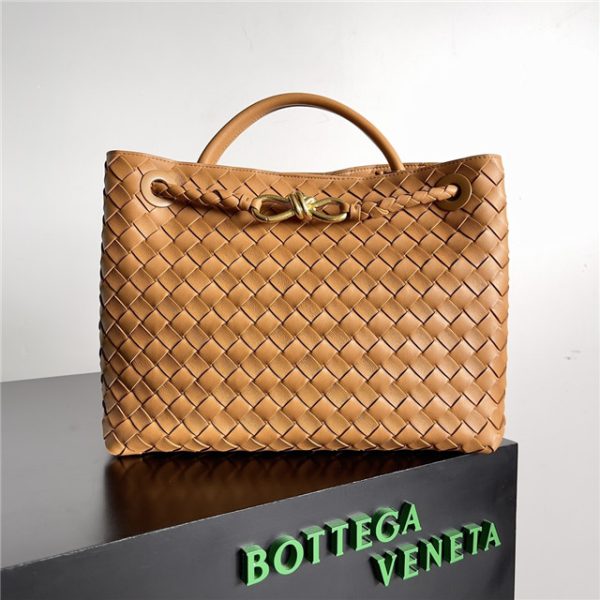Basically, if you see that marking on the magnetic clasp of a vintage Chanel bag, especially from the 70s or early 80s, it’s likely legit. I mean, *probably* legit. Nothing is ever 100%, ya know? Before Chanel started slapping date codes and serial numbers inside their bags (around ’84, give or take), they used these other ways to, well, *not* authenticate, exactly, but just to make sure they were using quality hardware and stuff.
So, “Victory Hook PK 3940” isn’t exactly a serial number, more like a mark from the company that *made* the magnetic clasp. Think of it like a manufacturer’s stamp. Dial Hook seems to be the company name, and PK 3940 is probably a production code or something. Makes sense, right? You gotta mark your parts somehow!
Now, does this “Victory Hook PK 3940” automatically make your bag real? Nope. Absolutely not. Just because the clasp is legit doesn’t mean the whole bag is. Clever counterfeiters can sometimes source original parts, or even replicate them pretty darn well. So, don’t go thinking you’re sitting on a goldmine just because you see that marking. Gotta look at the leather, the stitching, the overall quality, the chain, the *smell* even! (Seriously, old Chanel bags have a very specific smell, trust me on this one).
And the whole “no date code” thing? That’s normal for these early bags. Don’t freak out. It doesn’t automatically scream “fake!” It just means you gotta do your homework.
I’ve seen some *gorgeous* white Chanel crossbody bags with the “Victory Hook PK 3940” mark from the 70s. Like, seriously stunning. The lambskin, the tassel… *chef’s kiss*. But again, caveat emptor! Be careful out there.
Honestly, appraising a vintage Chanel bag is a whole art form. You’re best off taking it to a reputable authenticator or consignment shop that specializes in vintage luxury goods. They’ll know what to look for and can give you a more accurate appraisal. Online estimations? Eh, take ’em with a grain of salt. I mean, come on, anyone can say anything on the internet!


